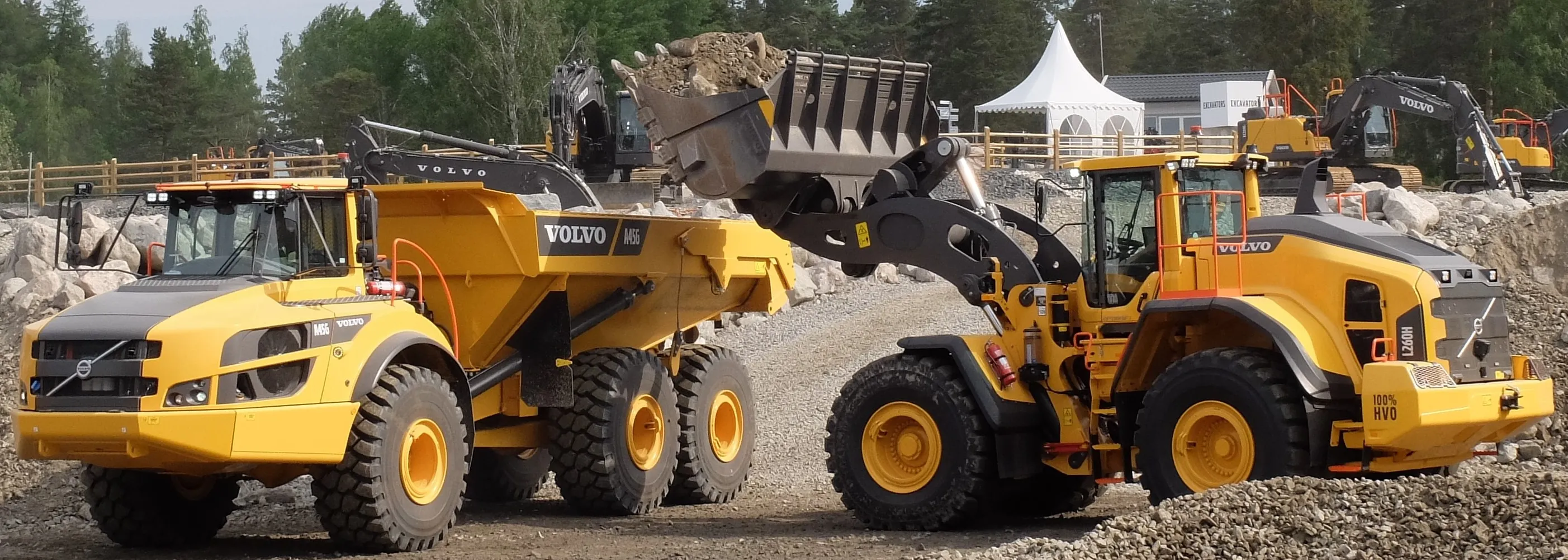The latest available data regarding the European construction equipment market suggests that the machinery market is improving.
February 29, 2012
Read time: 2 mins
The latest available data regarding the European construction equipment market suggests that the machinery market is improving. However, the market is unsettled and several countries are still experiencing difficulties. This data has been provided by the Europen equipment manufacturer's association 3399 CECE. Sales in Italy are more or less at a standstill for instance. The value of production of construction machinery in Europe is expected to grow in 2011 by 11% to 20 billion euros.
CECE made the forecast after monitoring analysis for individual national trade associations. Despite this significant growth, the value in absolute terms will still only equal two thirds of the figure attained in the two record-setting years of 2007 and 2008: growth envisaged for the current year will only return production to 2005 levels. More detailed analysis reveals a still rather troubled market: the first months of 2011 highlight countries where growth in the sector has been achieved and others at a standstill or still posting losses. Specific conditions on individual national markets interact with trends on a global scale to create particular situations.
For example, French companies are rather hopeful for coming months, like their German and British counterparts. At the opposite extreme, rather negative attitudes are still evident in Italy and Spain. Compared to last year, the early months of 2011 have seen very significant growth not only in Germany (+55%) but also in Poland (+11%) and Sweden (+10%). At the other end of the scale, Spain has seen the market crash by a further 43% compared to the same period in 2010. Overall, the construction market analysed in relation to 27-country Europe barely shows +0.2%. A closer look at the Italian market shows that the first three months of the year unfortunately posted a further setback of 14.3% compared to 2010 (units sold); a setback that joins the 50% downturn seen in the two previous years compared to pre-crisis levels in 2007.
Despite this result, the ANIMA Study Centre forecasts a value of production on an annual basis for 2011 achieving growth of 2.1%, (for total value of 2.43 billion euros), while exports should improve by 3% (to 1.73 billion euros). Employment is still falling (-6%) and investments are stable, while prices should increase by 0.5%.
CECE made the forecast after monitoring analysis for individual national trade associations. Despite this significant growth, the value in absolute terms will still only equal two thirds of the figure attained in the two record-setting years of 2007 and 2008: growth envisaged for the current year will only return production to 2005 levels. More detailed analysis reveals a still rather troubled market: the first months of 2011 highlight countries where growth in the sector has been achieved and others at a standstill or still posting losses. Specific conditions on individual national markets interact with trends on a global scale to create particular situations.
For example, French companies are rather hopeful for coming months, like their German and British counterparts. At the opposite extreme, rather negative attitudes are still evident in Italy and Spain. Compared to last year, the early months of 2011 have seen very significant growth not only in Germany (+55%) but also in Poland (+11%) and Sweden (+10%). At the other end of the scale, Spain has seen the market crash by a further 43% compared to the same period in 2010. Overall, the construction market analysed in relation to 27-country Europe barely shows +0.2%. A closer look at the Italian market shows that the first three months of the year unfortunately posted a further setback of 14.3% compared to 2010 (units sold); a setback that joins the 50% downturn seen in the two previous years compared to pre-crisis levels in 2007.
Despite this result, the ANIMA Study Centre forecasts a value of production on an annual basis for 2011 achieving growth of 2.1%, (for total value of 2.43 billion euros), while exports should improve by 3% (to 1.73 billion euros). Employment is still falling (-6%) and investments are stable, while prices should increase by 0.5%.







